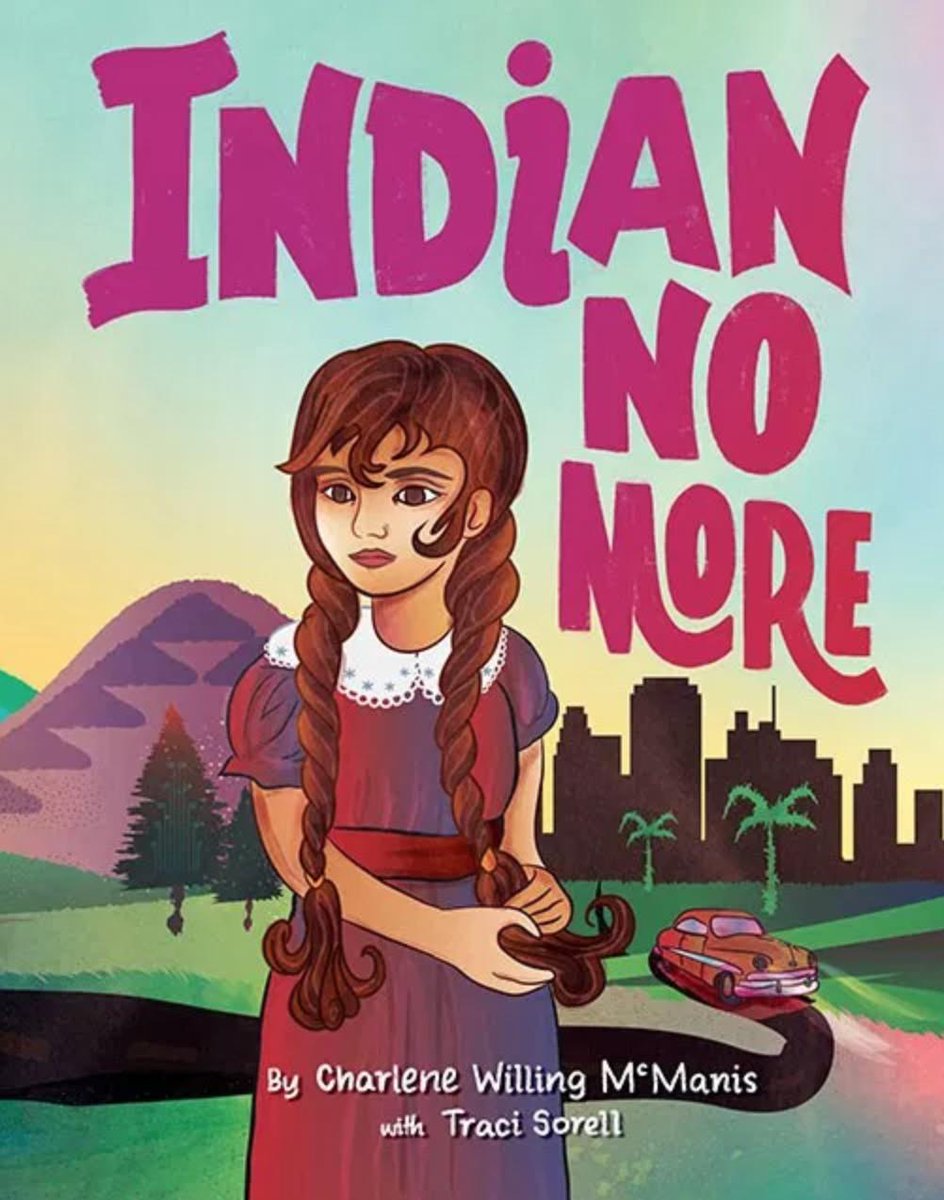Ella Cara Deloria: Dakota Language Protector
Written by Diane Wilson (Dakota)
Illustrations by Tashia Hart (Red Lake Anishinaabe)
Published by Minnesota Humanities Center in partnership
with the Minnesota Indian Affairs Council
Reviewed by Jean Mendoza
Review Status: Highly Recommended
AICL readers, and especially middle-grade teachers! Don't miss the book launch for a new series that I wish had been available for my kids!
You can register now to attend the online event Thursday, March 25, 2021, from 6:30 -8:00 PM (Central), to celebrate the publication of three biographies for students in 3rd-5th grade (and beyond).
They are part of the Minnesota Humanities Center's new Minnesota Native American Lives series (created in partnership with the Minnesota Indian Affairs Council. The series will feature Ojibwe and Dakota people whose contributions deserve to be better known. Though the subjects of the bios all lived, or live, in what is currently called the state of Minnesota, they are figures whose impact extends well beyond the state borders. Represented so far are MN lieutenant governor Peggy Flanagan (Ojibwe), Ojibwe baseball star Charles Albert Bender, and Ella Cara Deloria, a Dakota anthropologist and language preservationist.
Heid E. Erdrich (Turtle Mountain Chippewa) and Gwen Nell Westerman (Sisseton Wahpeton Oyate) are the series editors. Each of the books is written by a tribally-affiliated Native author, and illustrated by Red Lake Anishinaabe artist Tashia Hart. We'll be reviewing each of the books on AICL, starting now with Ella Cara Deloria: Dakota Language Protector.
Author Diane Wilson (Dakota) follows Ella Deloria from her childhood on the Standing Rock reservation to the creation of a fellowship in her name at Columbia University in 2010, nearly 4 decades after her death in 1971. Wilson emphasizes Deloria's key role in preserving traditional Dakota stories and the Dakota language, and focuses on the life experiences -- including racism and poverty -- that influenced her.
One fundamental influence was the way Ella's grandparents and parents interpreted the situation that Native people found themselves in during the time Ella was a child. She was born in 1889, when Native peoples were often, essentially, prisoners on their own drastically reduced homelands. They were still targeted for assimilation or outright destruction by the settler-colonizer government that had long sought full control of the resources on the continent. Ella's family saw advantages to being bilingual and bicultural -- knowing both their Dakota traditional ways, and those of the English-speaking Christian settler-colonizer culture. Ella's father was ordained as an Episcopal priest. Her younger brother, Vine, also became a priest (and as Wilson points out, was paid considerably less than his white counterparts). The late Dakota writer and intellectual Vine Deloria Jr. was Ella's nephew.
Wilson shows how, even in the context of a rather remarkable family, Ella's intelligence, talent, and energy stood out. Ultimately, she used her education to protect her home language and promote greater general understanding of Native peoples and cultures. Along the way, she worked with well-known anthropologists such as Franz Boas, Ruth Benedict, and Margaret Mead. Mead became a friend. Boas was a valued mentor, though if we read between the lines of this biography, it seems that he also may have exploited her abilities and commitment. For some of the time she worked with him, she was so poorly paid that she and her sister had to live in their car.
I especially enjoy the way Wilson begins each chapter with a quote from Ella Deloria's writing. This is ensures that young readers get to "hear" her voice.
Teachers are likely to appreciate the "Extend Your Learning" section in the back of this book and the others in the series. The section includes "Ideas for Writing and Discussion," "Ideas for Visual Projects," "Ideas for Further Learning," and a timeline that starts in 900 (Common Era) and ends with Peggy Flanagan's swearing-in as lieutenant governor in 2019.
As a mother, grandmother, and auntie of Native kids, it's hard for me to put into words how moved I am by the existence of this series. Overall, in terms of which Native people are seen as biography material, it doesn't seem that much has changed since my children were actually children. At the time, it seemed that most biographies of Native people were of military leaders (Sitting Bull, Geronimo), or of Sacagawea, or Pocahontas. My firstborn (now in his late 30s) is named in part for a Mvskoke ancestor (born around 1835) who was, himself, named for the visionary Shawnee leader Tecumseh. So naturally, when he was young, I was pleased to find a biography of Tecumseh for his reading level. I grabbed it off the shelf to read aloud to him one day when he was ill. At the end, the author lamented the death of Tecumseh and the end of his dream of Native unity. We lamented it, too. But then the writer closed with the words, "... And the Indian way of life was gone forever."
Grrr!!!
Lessons learned or reinforced: 1) Mom, ALWAYS read a book through before you share it. 2) Fortunately, if you say, "Well, that's messed up and we know better", your children will probably be open to critiquing anti-Native assumptions and historical inaccuracy with you. And critique it we did.
But we shouldn't have had to. Parents and teachers of Native kids should be able to spontaneously share a book about Native people with kids, without having That Conversation. If the Minnesota Native American Lives series stays true to its mission (and it seems sure to), it will allow us to have that confidence and comfort, with well-researched true life stories, written from Indigenous perspectives.
So, check out the book launch if you are able. And ask your library to purchase the Minnesota Native American Lives series, and read it yourself! Children, Native and non-Native, need those books.








